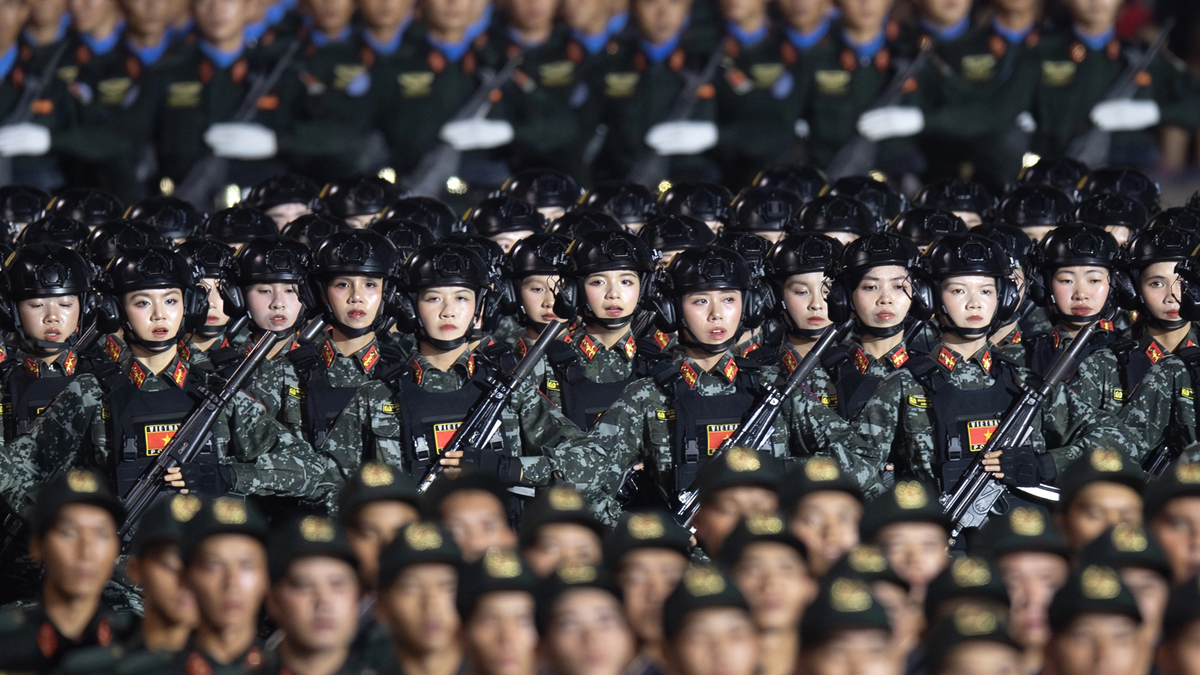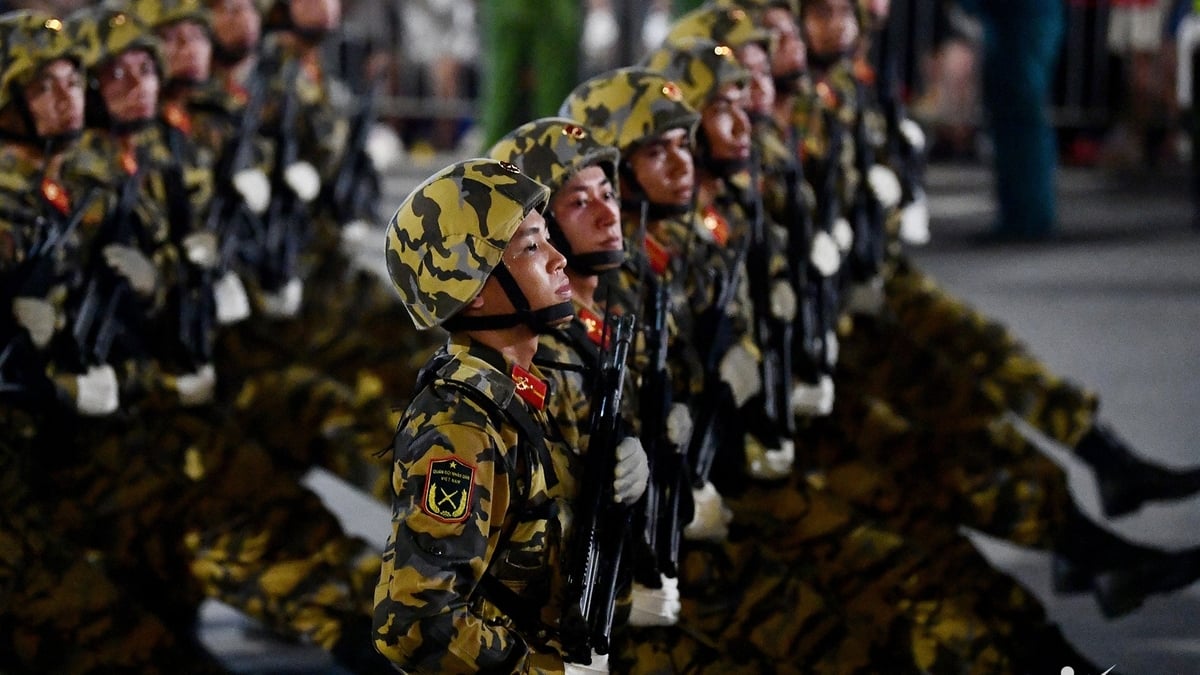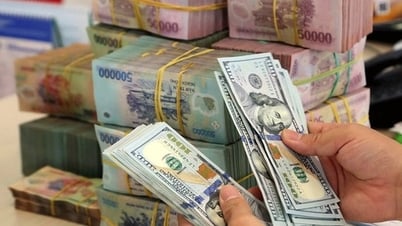Vietnam’s economic activity has picked up thanks to the 90-day tariff deferral, with exports and imports in April rising more than expected year-on-year, rising 20% and 23%, respectively, according to UOB analysts. The gains were largely driven by businesses ramping up transactions ahead of the end of the tariff deferral. Exports to the largest market, the United States, surged 34% year-on-year, the fastest growth since January 2024.
However, amid uncertainty surrounding tariff policy, UOB remains cautious on Vietnam’s outlook, as the economy is heavily dependent on trade (exports account for about 90% of GDP), with the US market alone accounting for about 30% of total exports.
In addition, exports are also highly concentrated in key industries such as electricity-electronics, furniture, textiles and footwear (accounting for about 80% of total export turnover to the US).
“We maintain our forecast for Vietnam’s full-year economic growth at 6.0% in 2025 and 6.3% in 2026. In the second and third quarters of 2025, GDP growth is expected to reach 6.1% and 5.8%, respectively,” UOB experts said.
According to UOB, inflation in Vietnam has cooled somewhat, at around 3.1% yoy in both March and April, down from an average of 3.6% in 2024 and 3.26% in 2023, while remaining below the target of 4.5%. The benign inflation backdrop, amid global trade tensions and rising tariff uncertainties, is opening up the possibility of the State Bank of Vietnam easing monetary policy.
However, unlike some of its regional neighbours, the current weakness in the Vietnamese dong (VND) is a factor that the State Bank of Vietnam (SBV) has to consider. In the current context, UOB research experts forecast that the SBV will keep its policy rate unchanged, with the refinancing rate remaining at 4.50%.
In addition, if domestic business conditions and the labor market weaken significantly, UOB expects the SBV to lower the refinancing rate once to a Covid-19 low of 4.00%, followed by a further 50 basis points reduction to 3.50%, provided the foreign exchange market remains stable and the US Federal Reserve (Fed) implements a rate cut.
“At present, our base case scenario remains that the State Bank will keep policy interest rates unchanged,” UOB experts said.
The UOB report also highlighted that the Vietnamese Dong (VND) is one of the most weakened currencies in the region, amid a general recovery in Asian currencies in the second quarter of 2025. Since the beginning of the quarter, the VND has depreciated by 1.8%, hitting a new record low of around VND26,000/USD.
“This weakness is mainly due to the less positive economic outlook – we have lowered our 2025 GDP growth forecast to 6.0% from 7.09% in 2024 – along with the increased risk of the US re-imposing the 46% tariffs announced on ‘Liberation Day’ if the US-Vietnam trade negotiations do not make significant progress. These factors are expected to continue to put pressure on the VND in the short term,” UOB analysts added.
From there, UOB also believes that VND will continue to fluctuate in a weak price range within the trading range with USD until the end of Q3/2025. However, from Q4/2025 onwards, VND may begin to regain its recovery momentum, in line with the general improving trend of Asian currencies as trade uncertainties gradually ease.
UOB updated its forecast for USD/VND exchange rate at 26,300 in Q3/2025, 26,100 in Q4/2025, 25,900 in Q1/2026, and 25,700 in Q2/2026.
Source: https://nhandan.vn/uob-vnd-lay-lai-da-phuc-hoi-tu-quy-42025-post885828.html



![[Photo] Images of the State-level preliminary rehearsal of the military parade at Ba Dinh Square](https://vphoto.vietnam.vn/thumb/1200x675/vietnam/resource/IMAGE/2025/8/27/807e4479c81f408ca16b916ba381b667)



![[Photo] National Assembly Chairman Tran Thanh Man holds talks with New Zealand Parliament Chairman](https://vphoto.vietnam.vn/thumb/1200x675/vietnam/resource/IMAGE/2025/8/28/c90fcbe09a1d4a028b7623ae366b741d)









![[Photo] National Assembly Chairman Tran Thanh Man holds talks with New Zealand Parliament Chairman](https://vphoto.vietnam.vn/thumb/402x226/vietnam/resource/IMAGE/2025/8/28/c90fcbe09a1d4a028b7623ae366b741d)






































































Comment (0)